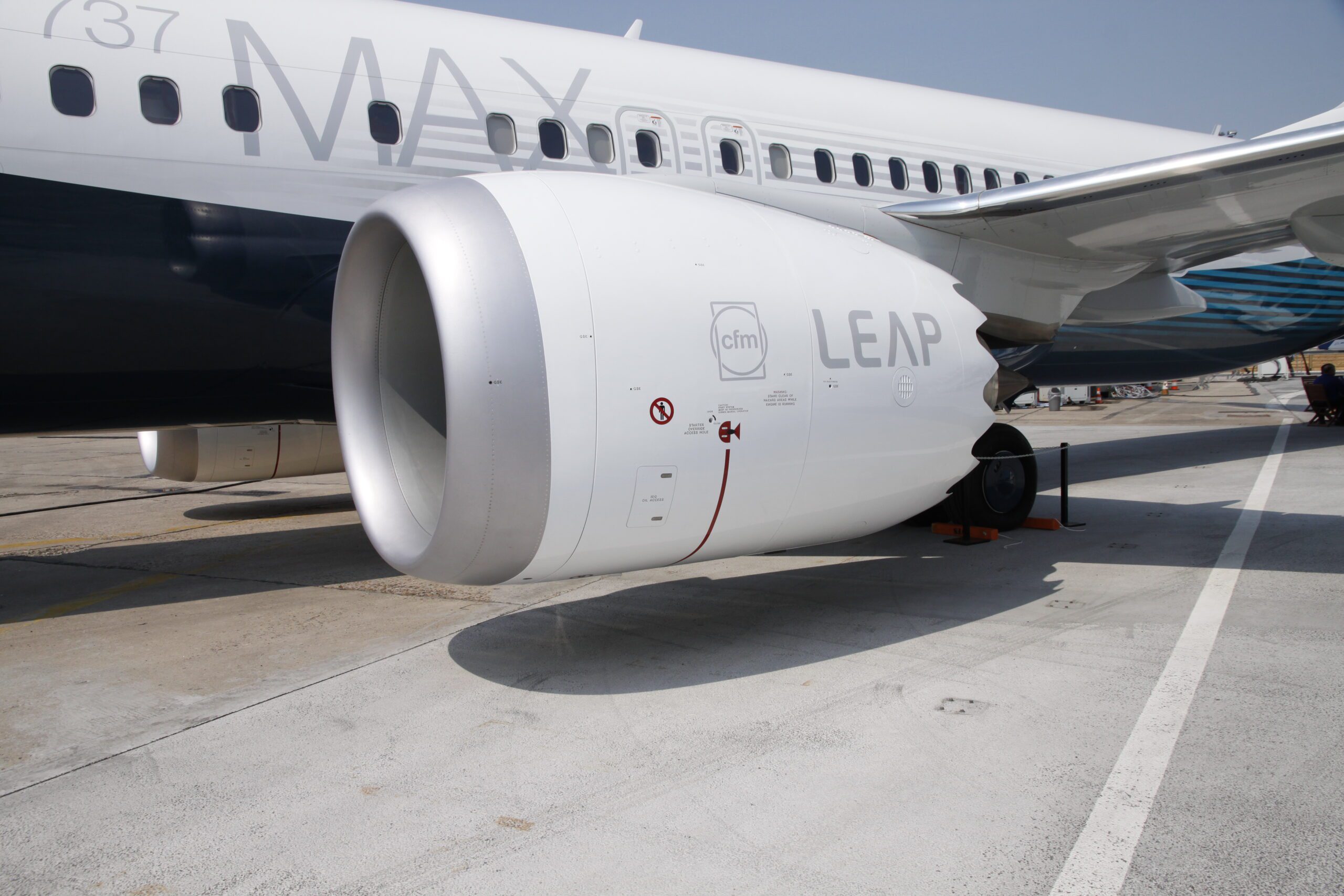
CFM LEAP1B 1
Industry news has been full of complaints about the Pratt & Whitney GTF. Now there is an AD on the CFM LEAP as well. KLM Cityhopper put out this note about the GTF-powered Embraer E2 fleet this morning. There’s engine trouble all over. The GTF news is well covered. But the CFM LEAP item is not immune to issues either, as we reported before. The latest is dated May 9th.
The GTF news is well covered. But the CFM LEAP item is not immune to issues either, as we reported before. The latest is dated May 9th.
The FAA published a final AD on the LEAP. The AD states: “This AD was prompted by a report of multiple aborted takeoffs and air turn-backs (ATBs) caused by high-pressure compressor (HPC) stall, which was induced by high levels of non-synchronous vibration (NSV). A subsequent investigation by the manufacturer revealed that wear on the No. 3 bearing spring finger housing can lead to high levels of NSV. This AD requires repetitive calculations of the oil filter delta pressure (OFDP) data and, depending on the results of the calculation, replacement of the No. 3 bearing spring finger housing. This AD also prohibits installation of an engine with an affected No. 3 bearing spring finger housing onto an airplane that already has one engine with an affected No. 3 bearing spring finger housing installed. The FAA is issuing this AD to address the unsafe condition on these products.”
The FAA issued a notice of proposed rulemaking (NPRM) was prompted by a report of three aborted takeoffs and two ATBs caused by HPC stall, which was induced by high levels of NSV. This high wear manifests itself early on as higher than typical OFDP loading, the FAA notes. The words “higher than typical loading” are a reminder of the early trouble Indian airlines had with the GTF – pilots were stressing the engines.
Airlines operating 737 MAX with LEAP-1B engines must conduct “repetitive calculations of the oil filter delta pressure (OFDP) data and, depending on the results of the calculation, replacement of the No. 3 bearing spring finger housing”. Note that the AD prohibits operators from installing engines with an affected No. 3 bearing spring finger housing on aircraft with defective housing.
Interesting comments
The linked document is worth reading – particularly the comments from operators and the FAA’s responses. ALPA and an anonymous commentator support the AD. American Airlines and Lynx Air requested changes to the proposed AD.
American requested that the FAA provide an additional solution using Original Equipment Manufacturer (OEM) provided data, noting this solution would reduce human error. Lynx Air has six MAX8s yet took the time to engage with the FAA. There are nearly 1,000 MAXs in service, and only two airlines comment on the AD? These are engine models impacted: LEAP–1B21, LEAP–1B23, LEAP–1B25, LEAP–1B27, LEAP–1B28, LEAP–1B28B1, LEAP–1B28B2, LEAP–1B28B2C, LEAP–1B28B3, LEAP–1B28BBJ1, and LEAP–1B28BBJ2.
The FAA estimates only eight engines in the US are affected, along with the FAA’s estimated repair cost.

Views: 28





Having airlines do repetitive calculations to monitor the OFDP sounds like a lot of extra work. Is there no automated way to track this data?